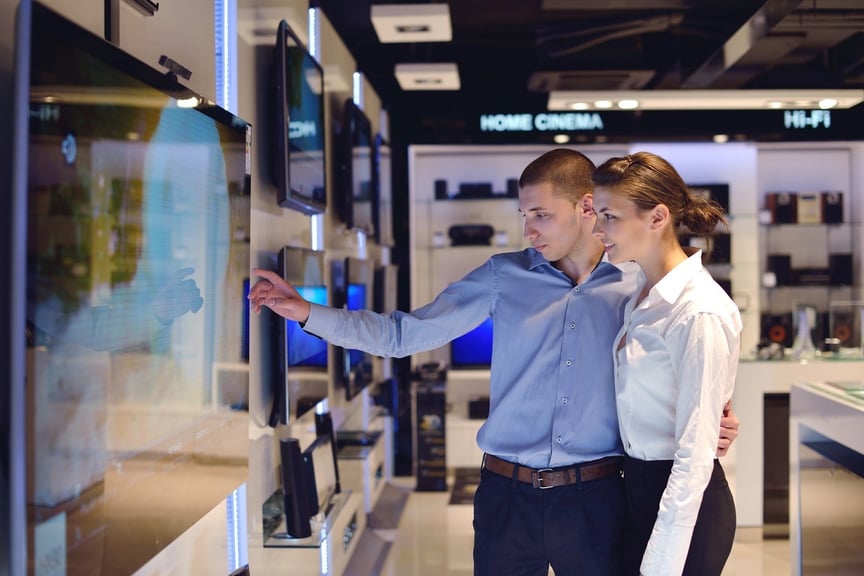Brick & Mortar Get Smart: How Retailers are Redefining Physical Space


The concept of the digital retail experience is based on two key pillars – the ability to craft uniquely tailored offers of products and services, along with the ability to deliver those offers at the right time and in the right format. By providing shoppers with exactly what they want, precisely when they want it, retailers gain an opportunity to build brand identity and loyalty and forge a lasting relationship with their customers.
While the physical space of the retail store has typically played a supporting role in this strategy, this mindset is changing, as retailers increasingly embrace the “digital store” concept. The model leverages technologies such as computer vision, natural language processing, data analytics, automation and machine learning to enable a wide range of applications as well as access to numerous motherlodes of previously untapped data points.
Cameras and sensors, for example, can be deployed to create heat maps that track overall foot traffic within stores and the time shoppers spend at various displays and product counters. This allows retailers to track and analyze the routes an individual takes through a store, and how that route correlates to purchases made. Digging deeper, cognitive tools can analyze facial characteristics to gauge emotional responses to displays – and again, track those responses against sales.
Real-time data collection and analysis tools can yield new insight into store and associate performance by tracking sales conversion rates within individual departments, and by analyzing how associates engage with customers. Cognitive tools that monitor facial expressions and apply sentiment analysis can assess emotional responses to displays and to interactions with associates – were the customers intrigued? Amused? Skeptical? The tools can also focus on store associate behavior – what proportion of time do associates spend with customers? How long are the interactions?
From a technology standpoint, implementing a smart store environment requires a sound operational core and intelligent platform that enables integration of multiple tools. While the constituent parts of a smart store solution – such as IoT devices and cognitive and analytical tools – are viable technologies, tying them together seamlessly presents a challenge. Moreover, ensuring that legacy systems integrate with new applications and tools is essential to enabling the granular data sharing and communication that characterizes the smart store model.
But while the technology challenges to achieving a smart store model are important, perhaps a bigger obstacle is an attitudinal one – specifically, “old school” thinking characterized by resistance to change, skepticism towards data and reliance on gut instinct.
For more on this topic, download a new Softtek white paper.



